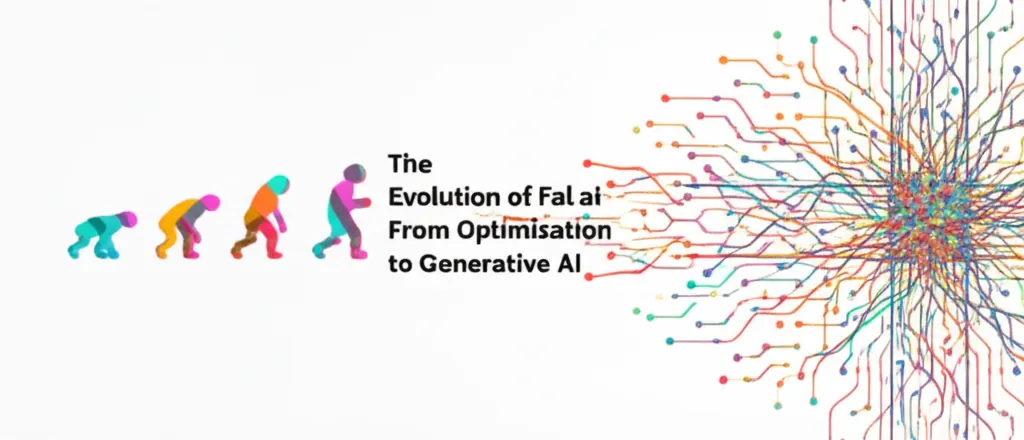Developer Offer
Try ImaginePro API with 50 Free Credits
Build and ship AI-powered visuals with Midjourney, Flux, and more — free credits refresh every month.
AI Weaves New Life Into Ancient Japanese Kimono Art
In the historic city of Kyoto, a craft more than a thousand years old is facing the challenges of the modern world. Nishijinori, the complex and beautiful weaving technique used to create kimonos, is at a critical juncture. As demand for traditional kimonos declines, one artisan is turning to a surprising collaborator to keep the art form alive: artificial intelligence.
An Ancient Art on the Brink
Hironori Fukuoka, the fourth-generation heir to his family's Nishijinori business, Fukuoka Weaving, is deeply committed to preserving his inheritance. "I want to leave to legacy what my father has left for me," he explains from his workshop in Kyoto's Nishijin district. The survival of this revered weaving style, famously associated with the 11th-century classic "The Tale of Genji," is more perilous than ever due to modernization and shifting cultural habits.
Faced with this reality, Fukuoka is exploring innovative paths forward. "I’ve been pondering how the art of Nishijinori can stay relevant to the needs of today," he says. Beyond the AI project, he is also adapting his weaving techniques to create highly durable materials for products like fishing rods and aircraft components.
Where Tradition and Technology Meet
The rhythmic clatter of giant looms at Fukuoka Weaving produces gorgeous, intricate fabrics. The patterns are often repetitive and geometric, a characteristic that makes them surprisingly compatible with digital data. The process of choosing which hand-dyed thread goes where is analogous to the binary on-or-off signals of a computer. This similarity is the foundation of a unique partnership with Sony Computer Science Laboratories (Sony CSL).
Jun Rekimoto, chief science officer at Sony CSL, emphasizes that their goal isn't to replace the artisan. "Our research stems from the idea that human life gets truly enriched only if it has both what’s newly innovated and what never changes," he states. The AI is designed to be a creative partner, making suggestions for new designs but leaving the actual production work in the hands of the master weaver.
Striking a Creative Balance
The collaboration has yielded fascinating results. The AI, after being trained on a vast library of existing Nishijinori patterns, began generating its own design ideas. Some were bold but not quite right, like a tropical-themed pattern in black and orange. The key difference is speed; the AI can produce countless suggestions in seconds.
However, some ideas are pure genius. Fukuoka was particularly drawn to a design where the AI used a leaf motif to define the sharp, angular lines of a traditional pattern—a creative leap he says a human designer might not have made. A luscious, soft green kimono has been produced from this AI-human collaboration, a tangible symbol of the project's potential, though it is not yet in production. The weaving itself remains a traditional process, carried out on old-style machines guided by the human artist.
A New Creative Partnership
Dr. Lana Sinapayen, an associate researcher at Sony CSL, believes AI's best role is that of an assistant, freeing humans from tedious tasks to focus on creativity. "That was my goal," she says. In this project, AI can learn how the human artist refines its patterns and then take over arduous digital tasks in seconds, freeing Fukuoka to focus on the craft.
While Japan has been more cautious in adopting AI than some Western nations, its application in arts and crafts shows great promise. As researchers Henriikka Vartiainen and Matti Tedre noted in a study on AI and craft, technology can liberate human imagination. By blending a millennium of tradition with cutting-edge technology, Hironori Fukuoka and Sony are not just weaving fabric—they are weaving a new future for a timeless Japanese art.
Compare Plans & Pricing
Find the plan that matches your workload and unlock full access to ImaginePro.
| Plan | Price | Highlights |
|---|---|---|
| Standard | $8 / month |
|
| Premium | $20 / month |
|
Need custom terms? Talk to us to tailor credits, rate limits, or deployment options.
View All Pricing Details

